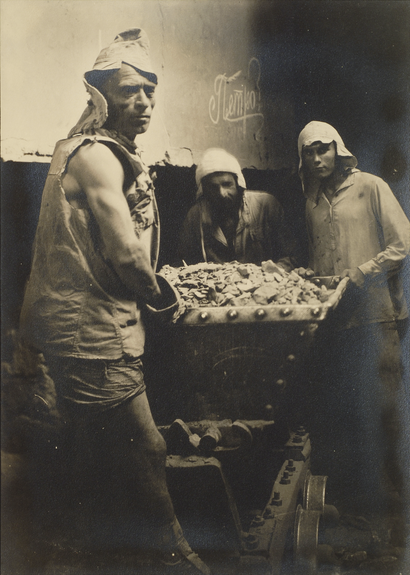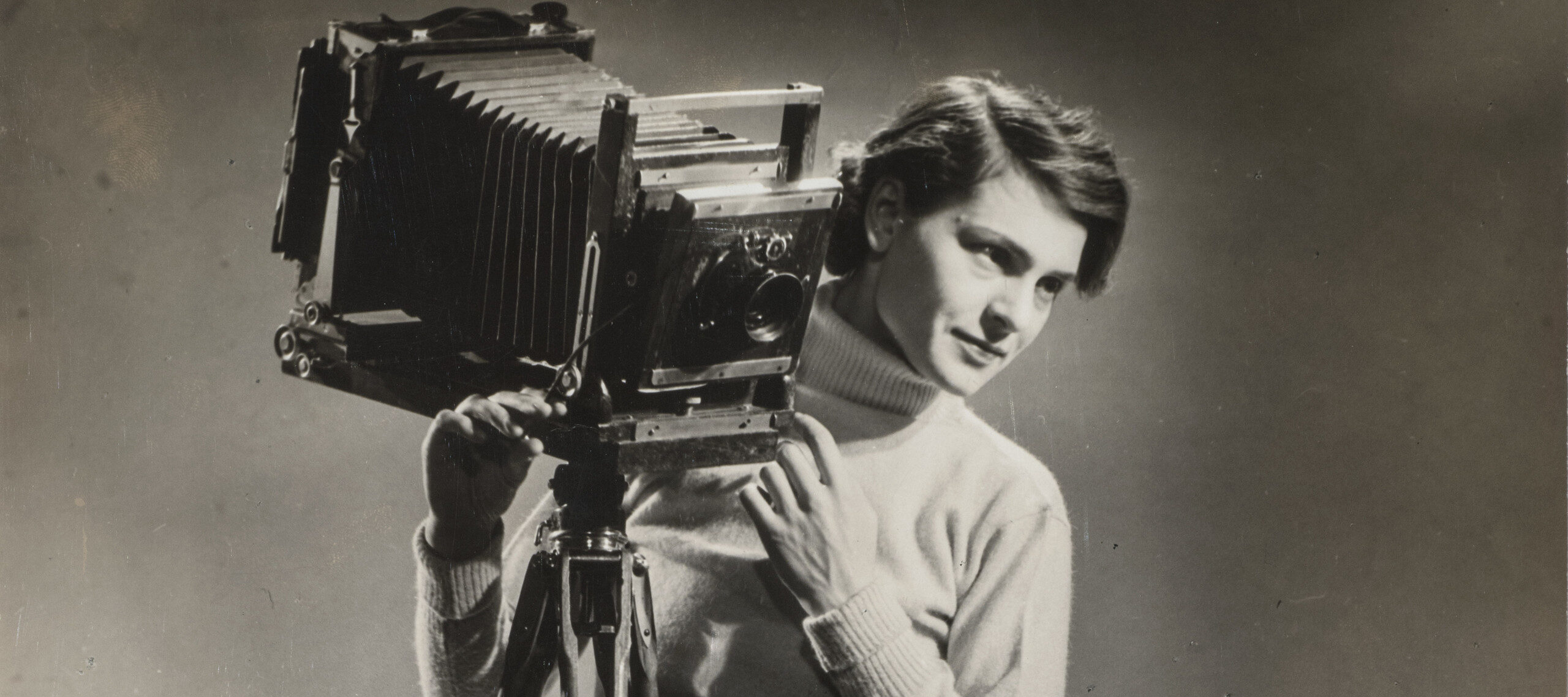One of the most famous photojournalists of the twentieth century, Margaret Bourke-White (1904–1972) united innovative viewpoints, camera angles, and lighting with a keen sense of narrative to capture some of the most significant people, places, and events of her lifetime. How many “firsts” can you find?
1. Father Knows Best
Raised by free-thinking parents in New Jersey, Bourke-White credited her father with fostering her future fascination with photography and factories. He designed printing equipment and saw beauty in industrial architecture and machinery. He also introduced her to cameras, often snapping pictures of the family, though Bourke-White was in college before she turned to photography herself.

2. Nerves of Steel
In 1927, Bourke-White moved to Cleveland, Ohio, and tenaciously lobbied for access to the Otis Steel Company. The company initially denied permission, presuming a woman lacked sufficient fortitude to traverse the hot, hazardous industrial plant. Bourke-White defied those expectations, spending months in the infernal environment, ignoring the perils of fiery furnaces and molten metal to secure the perfect shot.
3. Good Fortune
In 1929, Bourke-White was hired as Fortune magazine’s first photographer. She traveled to the Soviet Union the following year—the first Westerner allowed to document its rapid industrialization under Stalin. A self-portrait from the period captures Bourke-White’s confidence as her photojournalism career gained momentum. The camera’s position mirrors the artist’s commanding pose, emphasizing her professional prowess.

4. That’s Life
Bourke-White’s image of Montana’s Fort Peck Dam graced Life magazine’s inaugural cover on November 23, 1936. Her photo essays in its pages revealed triumphs and atrocities during World War II. She was the only foreign photographer in Moscow during Germany’s bombardment in July 1941, and she also witnessed U.S. troops liberating Buchenwald survivors in April 1945. Before Bourke-White, no woman had ever been accredited as a war correspondent in combat zones or accompanied bombing missions.
5. When the Going Gets Tough…
Colleagues at Life magazine, where Bourke-White worked for more than two decades, deftly dubbed her “Maggie the Indestructible.” The apt moniker acknowledged her tenacious endurance in pursuit of a story. She survived a torpedo in the Mediterranean, a helicopter crash in Chesapeake Bay, and bombings by the Luftwaffe, as well as being stranded on an Arctic island.
